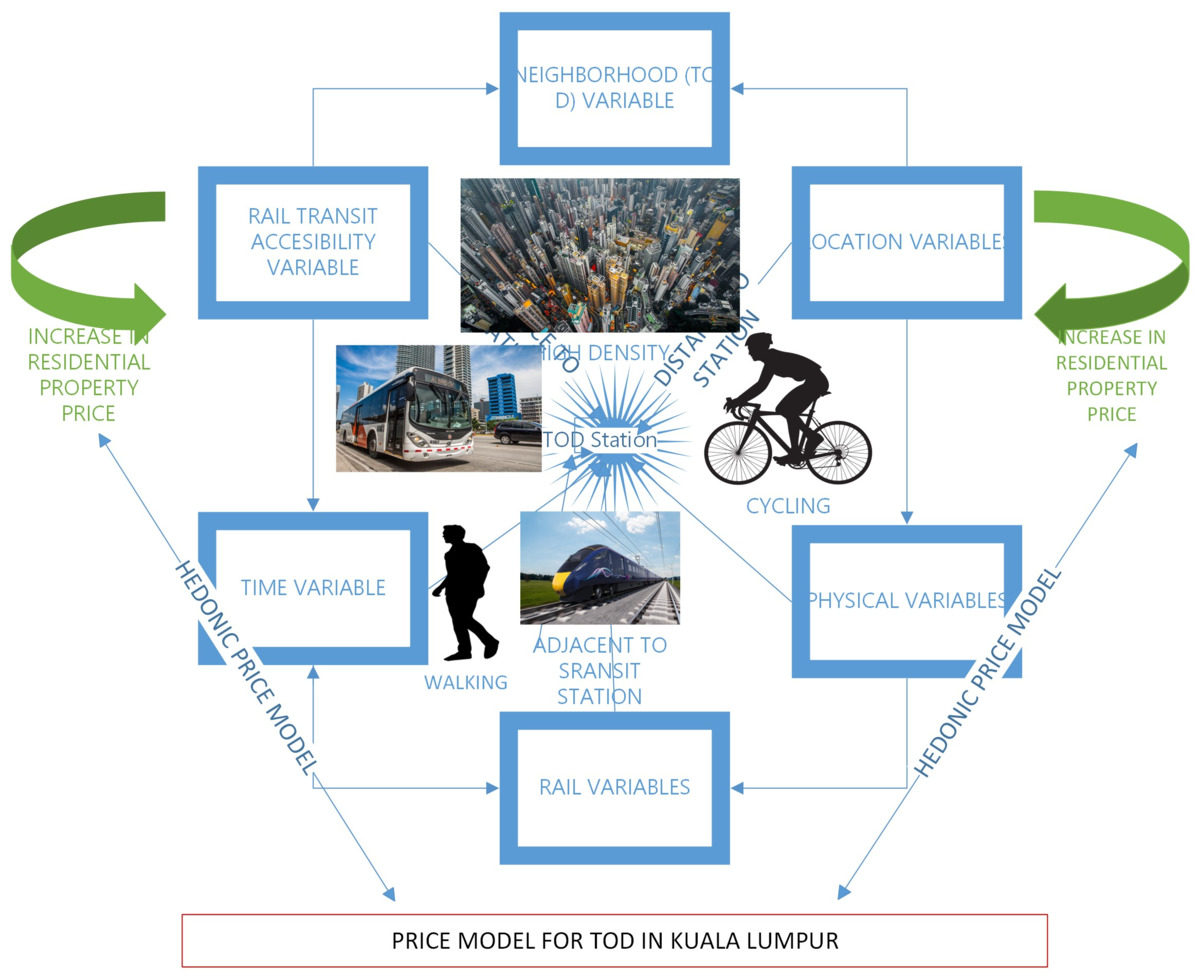Current issue
Online first
Archive
About the Journal
Aims and scope
Editorial Board
International Editorial Board
List of Reviewers
Abstracting and indexing
Ethical standards and procedures
REMV in Social Media
Contact
Instructions for Authors
Instructions for Authors
Manuscript formatting template
Title page
Highlights
Payments
‘Ghostwriting’ and ‘Guestauthorship’
Guidelines for Referees
Price model for Transit-Oriented Developments in Kuala Lumpur Malaysia
1
Department of Real Estate and Facilities Management, Faculty of Technology Management and Business, Universiti Tun Hussein Onn Malaysia, Malaysia
2
Department of Estate Management and Valuation, Faculty of Environmental Technology, Abubakar Tafawa Balewa University Bauchi, Bauchi State, Nigeria
Submission date: 2023-11-02
Final revision date: 2024-02-19
Acceptance date: 2024-03-21
Publication date: 2024-09-10
Corresponding author
Abdulazeez Muhammad Adam
Department of Estate Management and Valuation, Faculty of Environmental Technology, Abubakar Tafawa Balewa University Bauchi, Nigeria
Department of Estate Management and Valuation, Faculty of Environmental Technology, Abubakar Tafawa Balewa University Bauchi, Nigeria
REMV; 2024;32(3):20-30
HIGHLIGHTS
- the research carried out in Malaysia utilizes a single technology whereas this paper combined four different technologies
- all other research carried out shows a positive relationship between house price and proximity to TOD which this also confirmed
- more variables were considered and added to the model, in comparison to other research carried out in Malaysia and elsewhere, a new model was developed
KEYWORDS
TOPICS
ABSTRACT
The idea of Transit Oriented Development (TOD) was to foster urban development around railway networks and has been strategically built and applied since the late 19th and early 20th centuries. Previous studies reported positive, negative, or irrelevant impact of TOD on prices of surrounding real estate. The study aims to evaluate the impact of TOD on property prices in Kuala Lumpur. It utilizes secondary data obtained from the National Property Information Centre (NAPIC), Malaysia, after data cleaning, Nine Thousand Five Hundred and Forty-Nine (9549) Housing Transactions between the periods 2009 and 2018 were used. The research design was quantitative, and the Hedonic Price Model (log-log model) was used for data analysis. The model revealed a multiple correlation coefficient (R) of 0.891 and an adjusted R2 value of 0.794, indicating that 79.4% of the house price variation is explained by the model. The F value of 996.921, which is statistically significant, indicates that the predictors significantly combine to predict the price of TOD areas in Kuala Lumpur. The coefficient for LnTrainsta is 0.056, indicating that there was a positive relationship between residential house prices and TOD in Kuala Lumpur; this explains that house prices increase by 5.6% for every 100 meter closer to the rail transit station.
ACKNOWLEDGEMENTS
Communication of this research is made possible through monetary assistance by Universiti Tun Hussein Onn Malaysia and the UTHM Publisher’s Office via Publication Fund E15216”. The authors would also like to thank the Ministry of Higher Education in Malaysia for supporting this research under the Fundamental Research Grant Scheme No. FRGS/1/2019/SS08/UTHM/02/1. In addition, the authors gratefully acknowledge NAPIC and JPPH for providing the data used in this research.
FUNDING
Fundamental Research Grant Scheme No. FRGS/1/2019/SS08/UTHM/02/1
We process personal data collected when visiting the website. The function of obtaining information about users and their behavior is carried out by voluntarily entered information in forms and saving cookies in end devices. Data, including cookies, are used to provide services, improve the user experience and to analyze the traffic in accordance with the Privacy policy. Data are also collected and processed by Google Analytics tool (more).
You can change cookies settings in your browser. Restricted use of cookies in the browser configuration may affect some functionalities of the website.
You can change cookies settings in your browser. Restricted use of cookies in the browser configuration may affect some functionalities of the website.




